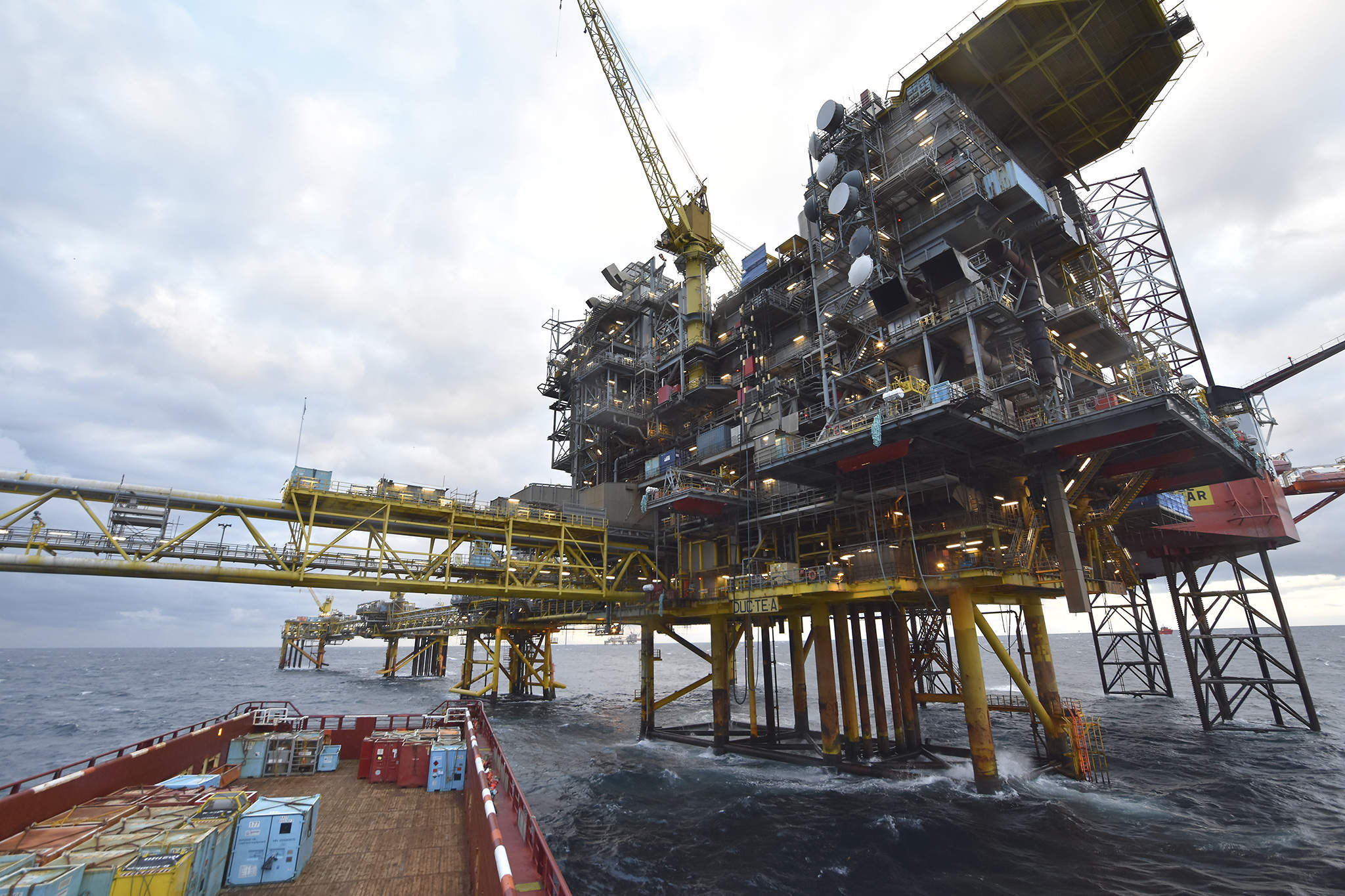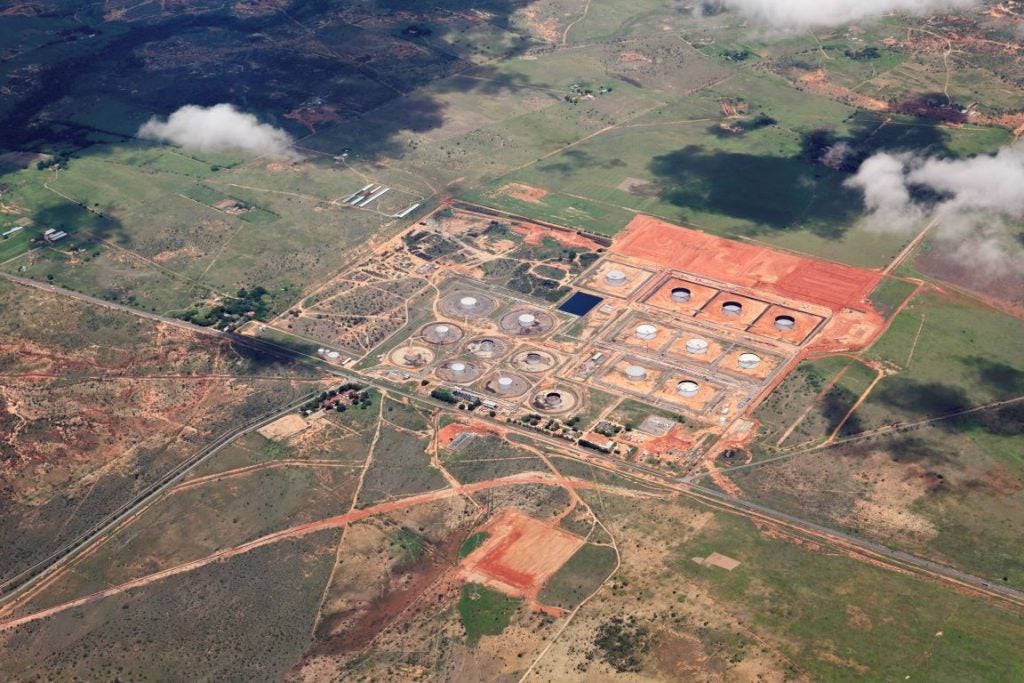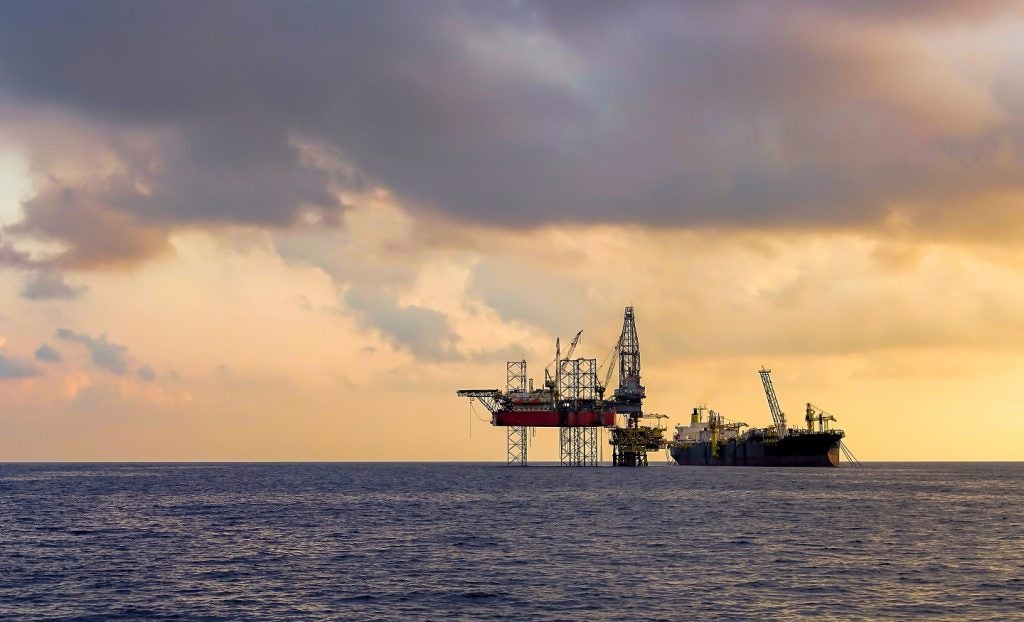
Given that the last few years have seen an inversion of the traditional clean/dirty energy dynamic, with renewable technologies dropping in cost and driving a surge of installations while oil companies tread water to stay afloat after a ruinous oil price collapse in 2014, there are many signs that have been read as harbingers of the offshore oil industry’s eventual doom.
Two major deals involving Danish oil companies in 2017 – Dong Energy’s sale of its oil and gas business to petrochemical company Ineos for $1.05bn in May and A.P. Moller-Maersk’s August deal to divest Maersk Oil to Total for $7.45bn – are a case in point. Following the deals – the latter of which is still subject to regulatory approval and expected to close in early 2018 – it would be easy to see little more than another nail in the coffin for the oil market’s long-term future.
After all, when Denmark’s last two oil and gas companies divest from the oil and gas business within three months of each other following a painful downturn, the industry is at risk of starting to resemble the unwanted relic of the energy markets, at least in clean energy-friendly Europe.
As ever, the truth is more nuanced, and in fact the deals may reflect an oil and gas industry that is continuing to slowly recover from an extended period of contraction. So why are Dong and Maersk quitting the industry, what are Total and Ineos getting out of the sales and what do the deals tell us about the state of the oil market?
Oil change for Dong and Maersk
In both cases, the motivation for Dong and Maersk to sell off their oil businesses is rooted in long-term growth strategies that have been in place for several years. Dong specifically sold its oil assets – its deal with Ineos completed in late September – to “complete the transformation of Dong Energy into a leading, pure play renewables company”, in the words of company CEO Henrik Poulsen. Indeed, Dong has quickly grown its wind power business and has now installed more offshore wind farms than any other firm.
This transition has been cemented by the company’s change in name. From 6 November, Dong Energy – whose name, short for Danish Oil and Natural Gas, harks back to the company’s roots in the early 70s as a national oil company – will be no more, and Ørsted will rise in its place. The new name refers to Hans Christian Ørsted, the Danish scientist who discovered electromagnetism in the 19th century.
How well do you really know your competitors?
Access the most comprehensive Company Profiles on the market, powered by GlobalData. Save hours of research. Gain competitive edge.

Thank you!
Your download email will arrive shortly
Not ready to buy yet? Download a free sample
We are confident about the unique quality of our Company Profiles. However, we want you to make the most beneficial decision for your business, so we offer a free sample that you can download by submitting the below form
By GlobalData“2017 will be remembered as the year when offshore wind became cheaper than black energy, as demonstrated by the recent tenders for offshore wind in Germany and the UK,” Poulsen said after the change of name was announced. “It has never been more clear that it is possible to create a world that runs entirely on green energy. The time is now right for us to change our name to demonstrate that we want to help create such a world.”
Maersk, meanwhile, decided to ditch its oil and gas business after 50 years of operation in favour not of a relatively new business venture, but for its roots as a transport and logistics company with a leading position in the shipping industry. This has been a long-standing goal, and Maersk had already been considering spinning its oil division into a separate group with an initial public offering when Total made its offer to take all oil assets off the company’s hands in a much neater way.
“We offered them another option,” Total CEO Patrick Pouyanne said during a call with reporters, as quoted by Bloomberg. “We had the feeling that on the North Sea, we had to go a step further to be more competitive.”
Oil revenues as a catalyst for green growth
While Dong and Maersk’s recent divestment from oil and gas might have some symbolic power as a signal of the shifting fortunes of fossil fuels and clean energy sources, the reality is that not much will change in terms of production from the companies’ production capacity, which total 100,000boe per day in Dong’s case and around 160boe per day for Maersk Oil.
Both companies have stressed that maintaining steady production and ensuring projects in development continue to receive investment were vital parts of their divestment decisions, with Maersk CEO Søren Skou noting in August: “It has been imperative for us that the capabilities and assets created in Maersk Oil continue to be developed, and that long-term investments are upheld, especially in the Danish part of the North Sea.”
Dong, meanwhile, has built the completion of various developments into its deal with Ineos, with $250m worth of payments to Ineos contingent on finishing the Rosebank field west of Shetland and a stabilisation plant at the Fredericia oil terminal on the Danish coast.
These continued operations, as well as the developments that more proactive investment from Ineos and Total will facilitate, will see oil revenues continue to pour into the Danish government, which in turn would help fund the deployment of clean energy technologies. Dong’s motivation and the Danish government’s position is to transition away from ‘black energy’ – Dong is looking to cement its position as the world’s largest wind turbine manufacturer, while the government has committed to phasing out the use of fossil fuels entirely by 2050.
“The more money [oil companies] make on the North Sea, the more money there will be for us to spend on the green transition,” Denmark’s Minister of Energy Lars Christian Lilleholt told Bloomberg Markets in August. At the industry’s height, the $1.3bn Denmark received in North Sea tax revenues each year would be enough to install 1GW of onshore wind capacity. Tax receipts have plummeted since then, but it’s in Denmark’s interest that Total and Ineos will continue to operate, and potentially expand, taxable offshore operations that will help finance renewable energy schemes, as we’ve seen with Norwegian oil major Statoil and its offshore wind investments, partly facilitated by the country’s massive North Sea sovereign wealth fund.
What do the Danish deals tell us about the oil market?
Ultimately, the Dong and Maersk divestments speak more to an industry moving into a cautious recovery period. With the price of Brent crude resting above $50, majors are becoming more confident to increase their footprints through mergers and acquisitions, especially in light of reduced company valuations and cheaper oilfield services as a result of the downturn.
At $7.45bn Total’s purchase of Maersk Oil is the industry’s highest-value acquisition since Shell’s $52bn purchase of BG Group in 2015, and bolsters a noticeable uptick in industry M&A activity. ExxonMobil, BP and others have made significant acquisitions or bought into promising areas in the last year, as well as divesting from other areas as companies look to position themselves advantageously for the expected recovery of the market.
For both Total and Ineos, the purchases provide a shortcut to boost their presence in the North Sea. Among others, Ineos is taking over from Dong the second-largest gas field in the Norwegian North Sea (Ormen Lange), a West of Shetland gas field that started production only last year (Laggan-Tormore) and the large Danish oil field Syd Arne. Having only entered the North Sea in 2015, Ineos says the Dong oil acquisition has made it the largest private company operating in the region.
Total, meanwhile, considers its new North Sea assets from Maersk as a continuation of its growth strategy, having emerged from the downturn in better shape than many of its rivals, and clearly the company got a better price for these operations than it would have a few years ago.
“We are committed to financial discipline,” said Pouyanne. “The Maersk deal offers us some good expansion opportunity while being responsible.” Once the integration with Maersk Oil is complete, Total is intending to generate more than $400m a year in efficiency savings from 2020.
Clearly there are still risks involved in making these large acquisitions – if the oil industry bounce back is weaker than anticipated, companies that have spent confidently this year will suffer more than those that held back. But after three years of lay-offs, budget cuts and tumbling oil prices, the industry will find it encouraging that some companies are re-discovering their wallets.





